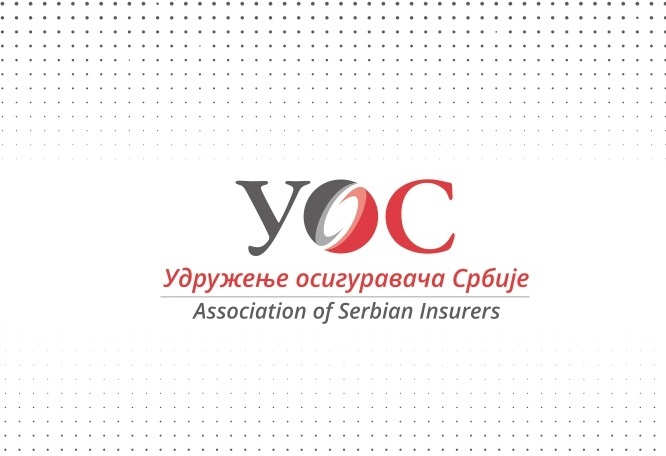Instructions to Reviewers
Reviewers are independent in their work and their main task is to evaluate each individual paper delivered to them, thus contributing to the promotion and maintenance of high scientific and research scope and rank of both the journal and the authors of articles themselves.
As a rule, reviewers are of a higher or equal rank (scientific or lecturing title) as the author of the reviewed paper.
The review process is anonymous in both directions and effected by two independent reviewers for any particular paper (Double Blind Review). Reviewers do not know who the authors of the paper are, nor do the authors know who the reviewer is. Anonymous approach is a very important precondition for ensuring a high degree of autonomy and objectivity of the reviewers. The content and process of the review are considered confidential, and neither the reviewer nor the other members of the editorial board may disclose to third parties any details of that process.
The reviewer is not entitled to assign the content of the paper to third parties nor use the data from the reviewed paper for any other purpose (lectures, conference presentations, papers, publications) before the paper is published in the journal.
In the case of any conflict of interest, please inform the editor-in-chief. Moreover, if the author of the paper belongs to the opposite orientation / direction or approaches the topic in a different way, the reviewer is expected to be equally objective. If you feel that you cannot be objective in the analysis of such papers, please inform the editor-in-chief. We would be very grateful if you could suggest another reviewer in such a case.
Reviewers have a period of three weeks (21 days) to deliver a review to the editorial office in writing and on the defined Form which includes the following elements
Code / number of paper
Title of the paper
Evaluation of the originality of the paper:
Assessment of the relevance, social and scientific significance of the topic:
Assessment of the theoretical and methodological scope of work:
Assessment of the used scientific literature (actuality and scientific relevance of the literature)
General observations on the quality of work
Proposal for categorization of work
Suggestions to the author to improve the quality of paper (optional)
Consent for publication (Choose one of the recommendations for categorization of work):
- Publish without adjustments
- Publish with minor adjustments
- After adjustments, send the paper back to the reviewer
- Paper to be refused
Notes to the editor related to general, methodological and especially ethical (plagiarism) aspects of the paper:
Date of work evaluation:
Name, surname, scientific title and signature of the reviewer:
Instructions for categorization of scientific papers
Categorization of articles is the responsibility of the editorial board. The article category can be proposed by reviewers and the editorial board members, but the editor-in-chief is the only one who is responsible for categorization. Journal articles are classified into the following categories:
Scientific articles:
1) Original scientific paper (paper in which previously unpublished results of own research by scientific method are presented);
2) Review paper (paper that contains an original, detailed and critical presentation of the research issue or area where the author has made a particular contribution);
3) Short or preliminary announcement (original scientific paper of full format, but of smaller scope or preliminary character).
Exceptionally, in some areas, a scientific paper in a journal may take on the form of a monographic study, as well as a critical issue of scientific material (historical-archival, bibliographic, data review, etc.), previously unknown or insufficiently accessible for scientific research.
Papers classified as scientific must have at least two positive reviews.
Non-scientific articles are also published in the journal, which is why scientific articles are grouped and printed in a clearly separated part, the first part of the volume.
Professional articles:
1) Professional contribution (an appendix including useful experience for the improvement of professional practice, but not necessarily based on a scientific method);
2) Informative contribution (editorial, commentary, etc.);
3) Review (of a book, scientific event, domestic or international case law, a case, etc.);
4) Scientific criticism, that is a debate (discussion on a particular scientific topic based exclusively on scientific argumentation) and reviews.
Note:
When they consider necessary and in order to eliminate eventual shortcomings in the paper, reviewers can cooperate with the author through the editor-in-chief.
If you agree to do a review of the papers for the Insurance Trends Journal, it shall be deemed that you have accepted the stated instructions.
The editorial board of the journal is aware of the importance and contribution of its reviewers, especially in raising the level and reputation of a journal, and in that sense we are grateful to all our associates in advance and kindly asks to be sent the completed form - review sheet by the scheduled deadline to redakcija@dunav.com
Download the review form HERE.


